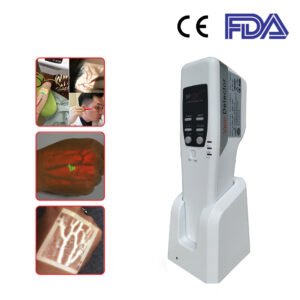Arteriovenous fistula cannulation
The most frequent kind of dialysis is hemodialysis. It’s a technique that uses an artificial kidney called a hemodialyzer. Blood is drawn from the body through tubes and circulated through a dialyzer machine where it is filtered and cleaned before being returned to the body.
The hemodialyzer is connected to the patient’s body through blood vessels; Arteriovenous Fistula Cannulation (AVF) and Vascular access catheter.
The arteriovenous fistula is the recommended dialysis access. This is owing to its high patency rate and the puncture sites’ great capacity to recover.
The most frequent type of AV fistula is one that connects the radial artery to the cephalic vein and is formed at the patient’s wrist. In the upper arm, a fistula can be formed by connecting the brachial artery to the axillary vein or another upper arm vein, all of which go to the subclavian vein. In patients with restricted access options, a leg fistula can also be formed.
Since the placement and direction of the access needles can vary, needle-site selection should be determined before skin preparation and needle cannulation are performed. Indeed, it is difficult to cannulate a deep, small, or stiff vessel of an AV fistula on the first attempt. For this reason, vein finders are highly needed.
For instance, The FDA Portable Vein Detector SIFVEIN-5.2 has a scan depth of a maximum of 10 mm, perfect for mapping out veins in the arm and the forearm, Which allows for the safe insertion of a catheter into a collapsed central vein and repetitive direct puncture of a femoral vein.
The SIFVEIN-5.2 reduces the risk of catheter-related bloodstream infection by avoiding the use of an indwelling dual-lumen catheter.
When a needle is inserted using the traditional method and the operator determines that the insertion is likely to fail (i.e., no blood return, resistance to catheter advancement, etc.), vein finder real-time guidance can be used to correct the needle tip location.
To sum up, using a vein finder allows for real-time guided and precise vascular cannulation, which can have a major influence on both the patient and the budget.
References: Cannulation Camp: Basic needle cannulation training for dialysis staff, Cannulation technique,

